Nguyen Dynasty tomb reopens after restoration
Located on Cu Si Mountain in Thuy Xuan Ward, around 8 kilometers from the former imperial capital of Hue, the tomb of King Dong Khanh has remained a lesser-known destination due to its relative seclusion.
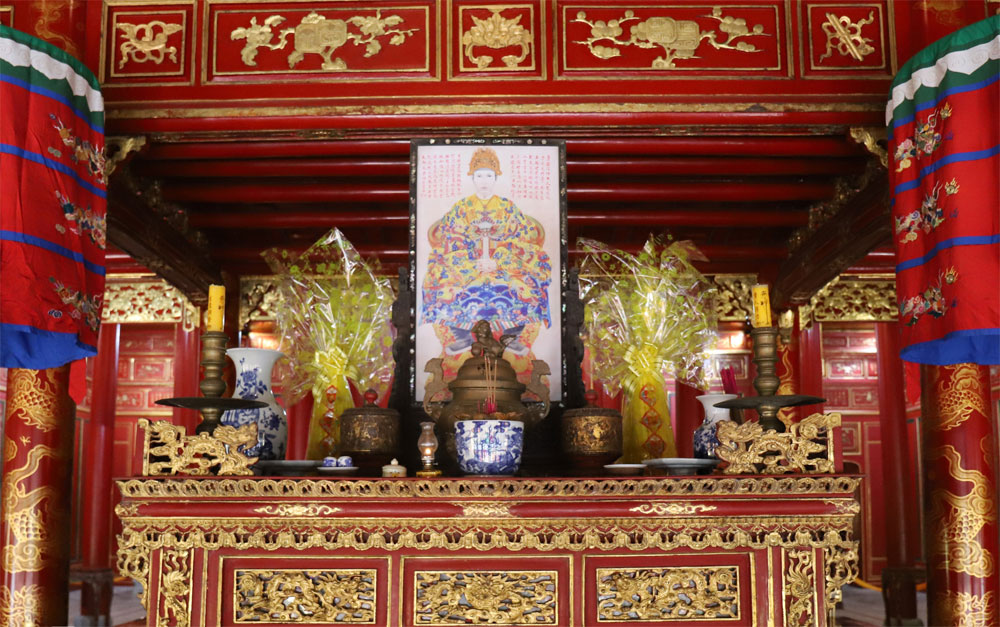 |
|
The main space inside the palace is the altar to worship King Dong Khanh and two of his wives. |
An adopted son of King Tu Duc, the fourth Nguyen Dynasty king, King Dong Khanh was installed on the throne by French colonists. He ascended the throne in 1885 and reigned for four years until he died in 1889 at the age of 25.
Construction of the tomb complex lasted for 35 years under the reign of four succeeding kings and its architecture is said to carry a unique Asian-European style.
In 1993, the tomb was recognized as a world heritage site by UNESCO.
The tomb complex had badly deteriorated over time, prompting local authorities to begin a restoration project in 2018 with total investment of VND30 billion ($1.29 million).
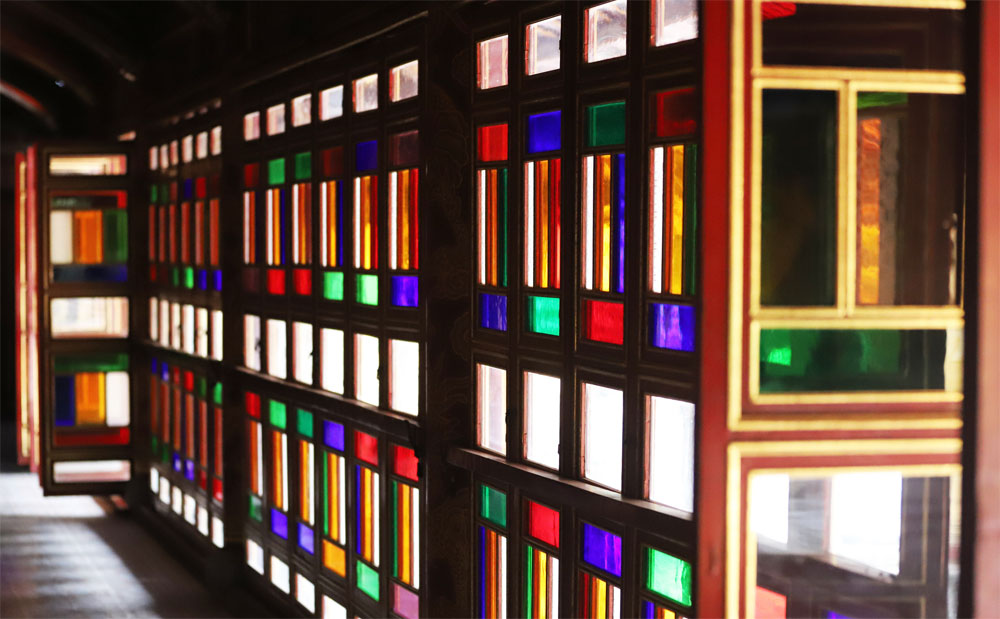 |
|
The palace also stands out for its multi-colored glass windows as a touch of Western architecture. |
Ngung Hy Palace, made mainly with ironwood, was the main worshipping area of King Dong Khanh. Its roof was covered with Chinese glazed tiles used in China since the Zhou Dynasty.
The interior of the palace is decorated with mosaic and embossed lacquer.
The main space inside the palace is the altar to worship King Dong Khanh and two of his wives.
On the altar is a white coral tree placed in a mirror cage.
The palace’s red pillars with 24 drawings inspired by the "The Twenty-four Filial Exemplars,” a classic text of Confucian filial piety written by Guo Jujing during the Yuan dynasty (1260–1368), is one of its particularly notable features.
The path connecting Ngung Hy Palace with the tomb of King Dong Khanh is about 200m long.
 |
|
Tourists are required to wear clothes that cover their knees and shoulders when visiting this complex. |
In the restoration process, the path has been paved with bricks.
King Dong Khanh's tomb, 1.6 meters high, was built with plastered bricks with carvings of sun and dragon that symbolize power in Chinese culture. The burial area of King Dong Khanh stands surrounded by greenery.
The entry fee to the restored historical complex is VND50,000 ($2.14) per person.
Tourists are required to wear clothes that cover their knees and shoulders when visiting this complex.
Source: VnExpress
 Bắc Ninh
Bắc Ninh




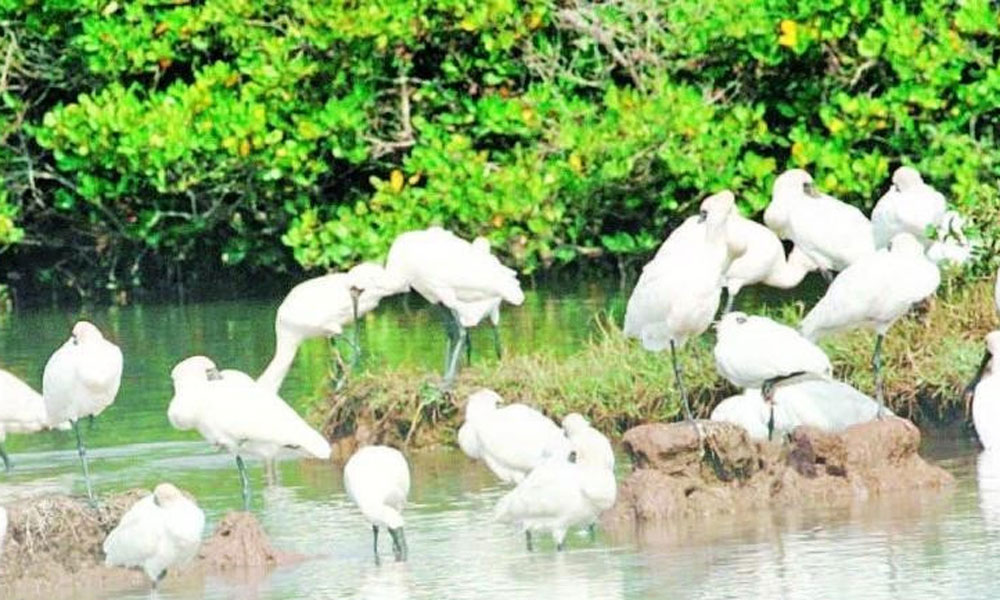




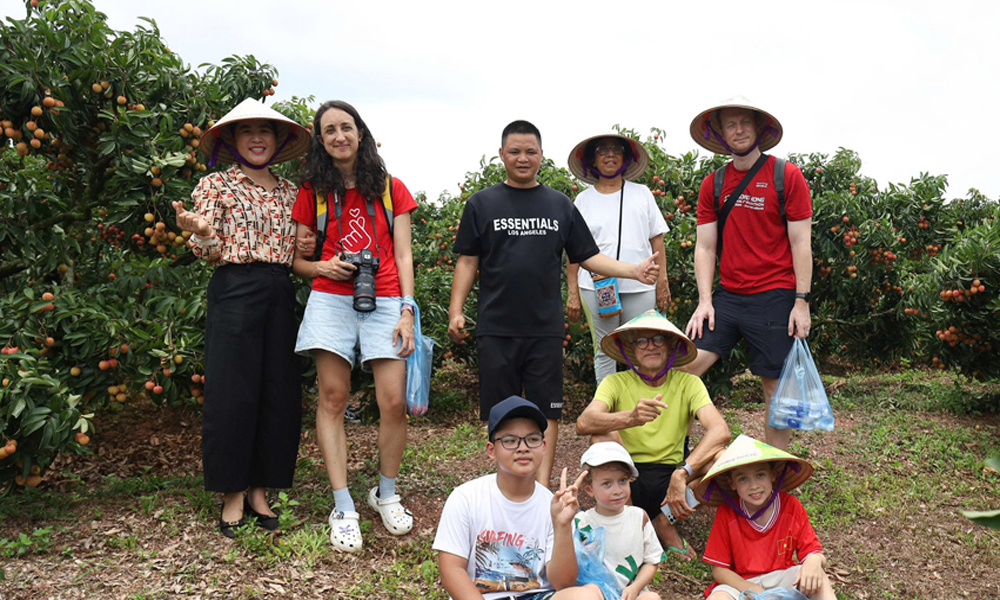


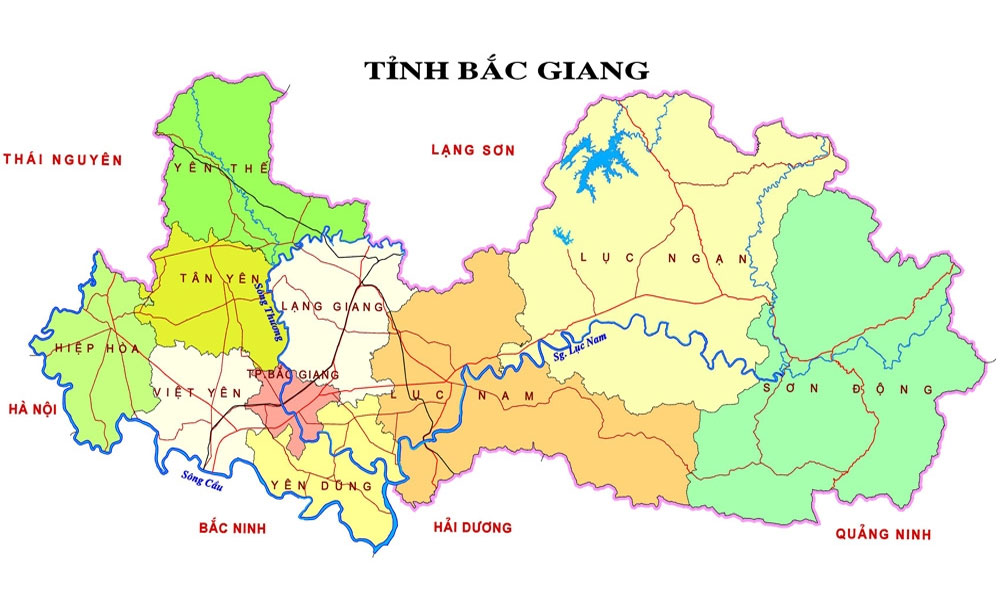
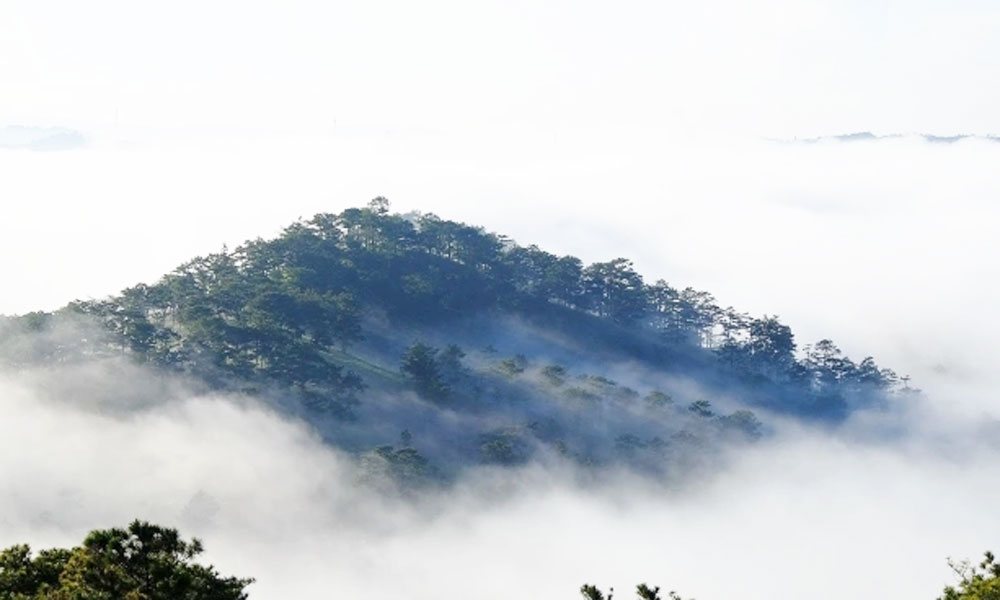

Reader's comments (0)